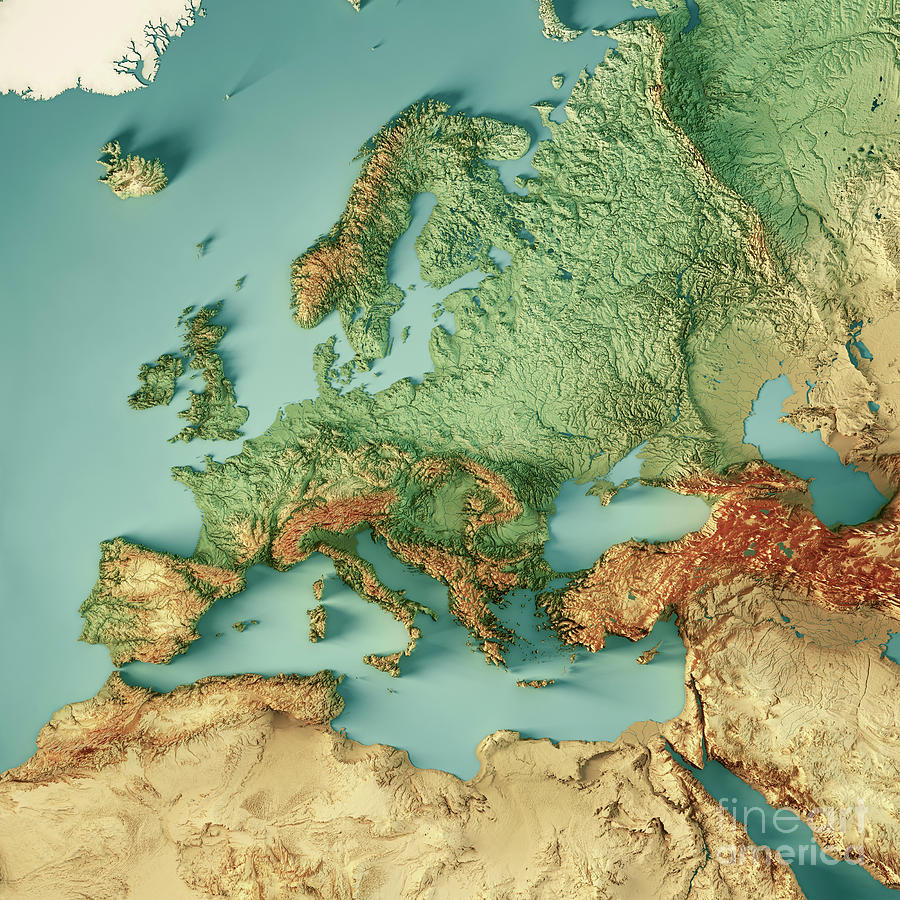

To explain it a bit further: when you move a file/directory on the same mount point, moving the file/directory is essentially just a rename operation, which doesn’t involve copying the data itself and is a very cheap operation. If you move a file/directory across mount points, you need to (recursively) copy the file/directory, copy file metadata and (recursively) delete the old file/directory, which is slow and error-prone.








I would prefer manually writing each software using butterflies over having
snapdinstalled on my system.